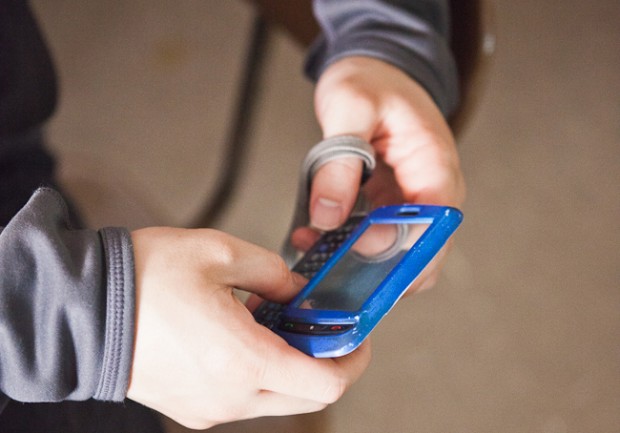As the Bring Your Own Device movement continues to gain momentum, allowing students to use their own devices (mobile phones, laptops, tablets) in school, administrators and educators are figuring out how to iron out concerns and issues that crop up.
One of the biggest issues educators continually bring up is equity.
"Especially at the middle school level, not having a device and needing to find a classmate to share with results in further issues (selfishness, resentment, etc.)," writes Kevin, a commenter to a recent post about Katy School District's BYOD program. "If so, how are these issues dealt with and turned into instructional situations?"
But proponents of BYOD contend that students who have devices should not be prohibited from using them as a solution to the equity issue. Education blogger Lisa Nielsen gives the following example of a school district in Forsyth County, Georgia.
"Tim Clark, district instructional technology specialist with Forsyth County Schools (GA), explains that in his experience with BYOD, 'Students who do not have personal technology devices have greater access to school-owned technology tools when students who bring their own devices to school are no longer competing for that access,'" Nielsen writes.


